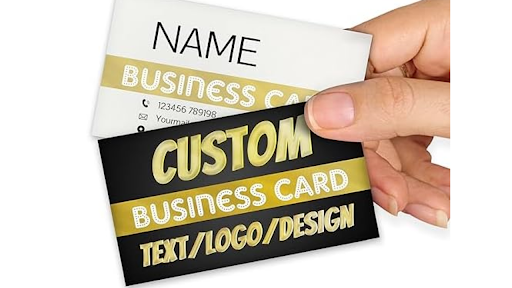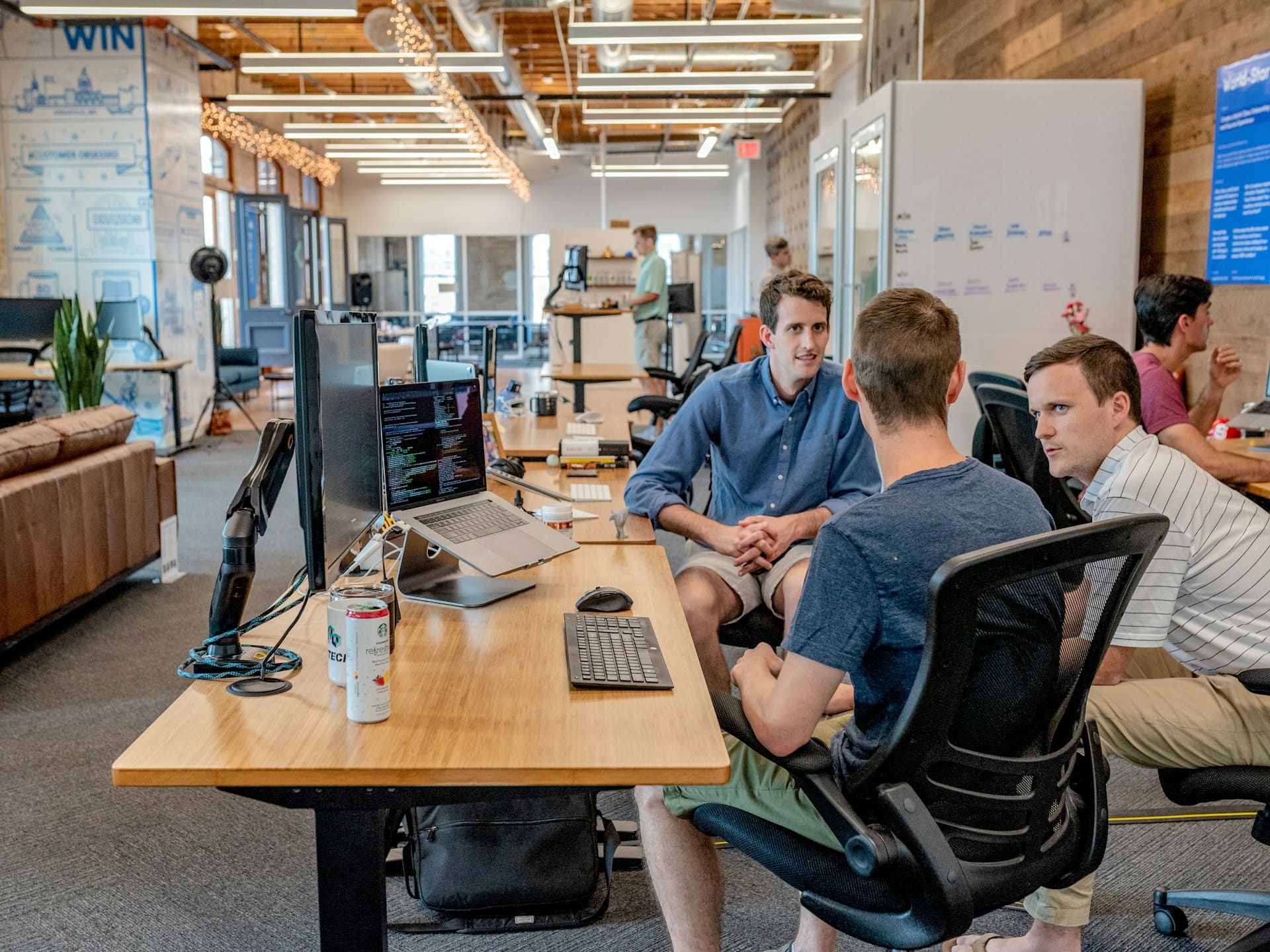13 Cutting-Edge and Powerful Study Strategies In 2021 For Student Learning
“Learning is not attained by chance. It must be sought for with ardor and attended with diligence”- Abigail Adams
The modern era classroom includes a dynamic environment, bringing innumerable students from diverse backgrounds with varied abilities and personalities together. Hence, being an efficient educator requires the implementation of creative and innovative teaching strategies to meet the individual needs of students.
Remarkable teachers are always on the prowl for interesting teaching strategies that will keep their students motivated and engaged. Irrespective of whether you are a new or experienced educator, you may feel inundated with all of the new and intriguing educational buzzwords, theories, and teaching strategies that are out there.
With a vast array of information available out there, it can often become challenging to determine which teaching strategies are accurate for your students and classroom.
Below, I have offered 13 new strategies for inspiring your students to make out most of the learning environment. Further, these strategies will ensure that you provide your students the best chance to consistently perform remarkably and grow as successful students over the course of a school year.
The Effective and Outstanding Teaching Strategies to Help Your Students in School
- Information Visualization
Visualization is an incredible method to summarize or process information that has been taught in the class. When students grasp information through visual means, they tend to retain what they have learned for a longer duration. This unique strategy also helps the slow learners in class to visualize the ongoing lessons in a simple, clear, and systematic way.
- Cooperative Education
Educators can also encourage students of mixed abilities to work together through small groups or whole class activities. When students express their ideas verbally and respond to others, they start developing self-confidence. Further, their communication and critical thinking skills are also improved, which are essential in the long run.
- Differentiation
Educators in the present era can also differentiate teaching by allocating tasks on the basis of student’s abilities to make sure that none gets left behind. When educators assign classroom activities based on the unique learning needs of students, it implies individuals with higher academic capabilities are stretched beyond a point.
This can include handing out worksheets that are different in complexity levels to a different group of students. It can also incorporate the setting up of a range of workstations around the classroom that consists of an assortment of tasks for students to select from.
- Student-Led Classrooms
If the words of eminent stalwarts from whom you get assignment help are anything to go by, then know that student-led classrooms are in trend right now. It has become a creative way for students and teachers to interact and discuss in the class.
When teachers encourage students to switch roles and become educators for a day, it not only helps them in gaining confidence but also brings in a new perspective to the class. This teaching strategy helps other students as greatly as well, as they learn from their peer’s unique take on the subjects.
- Inquiry-Based Instruction
One of the unique strategies teachers can implement is to pose thought-provoking questions that can inspire students to think for themselves and become more independent learners. Teachers can encourage students to ask various questions and investigate their own ideas. These help in improving problem-solving skills as well as develop a deeper understanding of challenging academic concepts. Both of them are crucial learning skills and will help in the long run.
- Introducing Technology in The Classroom
Since digital media surrounds young people in the 21st century, incorporating technology into the teaching methods is a brilliant way to actively engage students. Mobile devices, like iPads or tablets, can be used in the classroom for students to record results, take photos or videos, or merely as a behavior management technique.
On top of that, certain educational games can also offer teachers a dashboard to assist them in tracking the progress of student and engagement with the game. Learning becomes more interactive when technology is used as students can physically engage during lessons as well research their ideas instantly, which helps in the establishment of autonomy.
- Behavior Management
Implementing an effective and successful business management strategy is vital to gain the respect of the student and make sure they possess an equal chance of reaching their full potential. Remember, noisy, disruptive classrooms in no way encourage a productive learning environment. Thus, it develops an atmosphere of mutual respect through a combination of discipline and reward that can be beneficial for both you and students.
- Professional Development
Another brilliant way to improve teaching and learning in the classroom is to engage in daily professional development programs. With constantly changing education policies, it is incredibly useful to attend events where you can gain inspiration from other educators and academic professionals. It is also one of the greatest excuses to get out of the classroom.
- Personalized Education
As per a study of the Gates Foundation, personalized learning can enhance test scores when it is used to supplement the math class.
No two students are exactly alike. This is why personalized learning can develop a learning experience that addresses the unique abilities of each student. Personalized learning also helps students learn without stigma and get students involved in what they are learning. You can explore various options for bringing personalized learning to your classrooms, like different advanced EdTech teaching strategies and increased student involvement.
- Universal Design For Learning (UDL)
Universal design for learning (UDL) denotes an educational framework that makes sure all students have equal access to education.
Certain remarkable practices for UDL are-
- Recognize the strengths and weaknesses of your students
- Provide flexible classrooms
- Adapt information for multilingual students
UDL also provides all students an impactful learning experience and helps teachers in focusing their efforts on students who need it the most.
- Lesson Objective Transparency
Instead of letting your students figuring out by themselves what they should be learning on their own, simply say it to them. State your lesson goals or objectives clearly. Make it simple and clear for all your students to comprehend. This will help them develop a clear idea of what they are working towards and what they should know by the end of the class.
- Experiential Learning
You must be well-aware of by now that student learns only by doing. Thus, create experiences for them to see concepts in action. Let your students practice the concepts in a safe and secured environment. Then, allow them to reflect on the experience and discuss what they have learned from it.
- Introduction of Summative Feedbacks
The end-of-unit tests, final projects, or standardized tests that are used to evaluate the understanding of students on a broad and absolute level are popularly known as summative assessments.
Critics of summative assessments claim they are inauthentic and do not accurately reflect the learning process of an individual. However, there remain vital advantages to using summative assessments as a teaching strategy. They can be used to motivate students to pay attention and challenges them to apply their learning.
Wrapping Up,
Let’s face the truth; there exist so many types of teaching strategies available for your classroom that the options can turn out to be overwhelming.
But that’s good! Your teaching style, students, and classroom are all unique- why shouldn’t be your teaching strategies too? Do not be afraid to try your hand on certain new strategies and see what fits the best for your classroom. Surely, all will not prove to be a good fit. You need to use a combination of strategies through which you can address varying learning styles and academic capabilities of students. Keep engaging with your students, and you will be sure to build up lifelong learners with an intense passion for knowledge.






